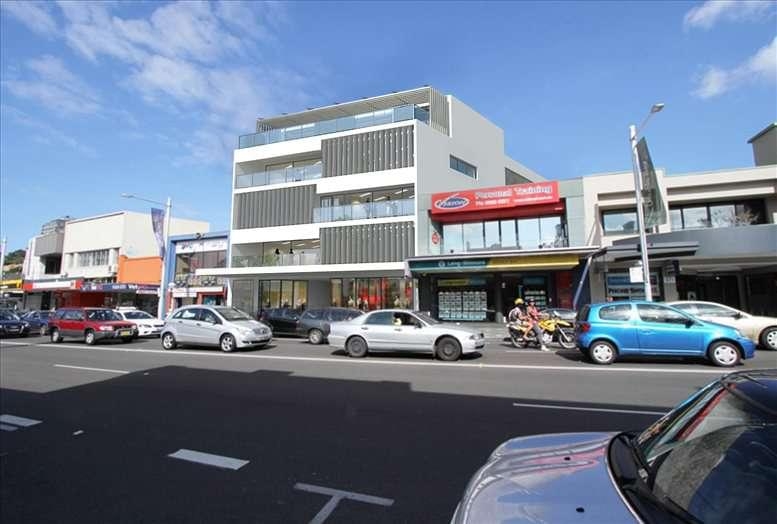The Victorian State Government has announced that from 1 July 2017, road users will need to slow down to 40km/h when driving past stationary or slow-moving emergency or enforcement vehicles with flashing red, blue or magenta lights, or sounding an alarm.
Emergency and enforcement vehicles include police, ambulance, fire services, State Emergency Service and heavy vehicle enforcement vehicles that have magenta flashing lights (such as VicRoads Transport Safety Service vehicles).
When an emergency or enforcement vehicles are displaying flashing red, blue or magenta lights, or sounding their alarm, drivers must:
- Approach at a speed that allows the driver to stop, if necessary, before passing the vehicle and give way to any emergency or enforcement worker on foot in the vicinity;
- Not drive past or overtake the vehicle at a speed of more than 40km/h;
- Not increase speed until the driver is a sufficient distance past the vehicle to not cause danger to those workers in the immediate vicinity.

This rule does not apply on a road with a median strip, where the vehicle is on the other side of the median strip.
The rule applies to the driver despite any other road rule.
You must give way to emergency vehicles in other situations too.
For more information see the Victorian Road Safety Road Rules 2009 rule 79A.
Your questions answered
Where does the rule apply?
The rule applies in Victoria only. Some other states/territories in Australia have similar rules. Check with the local road authority if you are unsure.
What is the penalty for disobeying the rule?
The fine for infringement of the rule in 2017-18 is $277 and the maximum court penalty is $793. No demerit points apply.
Does the rule apply to vehicles with yellow flashing lights?
The rule does not apply to vehicles with any other coloured flashing lights, such as RACV vehicles or tow trucks.
Does the rule apply if the emergency/enforcement vehicle is on the side of the road?
The rule applies if the emergency or enforcement vehicle is stopped or moving slowly on the road, pulled over onto the roadside or in an emergency lane.
What roads does the rule apply to? Does it apply to all lanes of traffic?
- The rule applies to all road types including freeways, with an exception for divided roads (below).
- Where the road is divided by a median and the emergency/enforcement vehicle is on the other side of the median, the reduced speed limit does not apply. We have added an extra picture to show this. On the side of the road where the emergency/enforcement vehicle is located, the rule applies to all lanes of traffic.
- If the emergency/enforcement vehicle is in a service road, the rule applies to drivers on the main carriageway.
Does the rule apply only in an ‘emergency’ situation?
The rule does not apply only in an ’emergency’ situation. When an emergency or enforcement vehicles are displaying flashing red, blue or magenta lights, or sounding their alarm, drivers must obey the rule regardless of whether it is deemed an emergency or not.
What is a slow-moving vehicle?
The rule doesn’t provide a definition of ‘slow-moving’. The example given by VicRoads of a vehicle that is moving slowly is “less than 10km/h“, for example, “a fire truck extinguishing roadside spot fires is an example of a slow-moving emergency vehicle“.
What about on high-speed roads?
The rule includes requirements for drivers to safely approach and depart the scene of the emergency/enforcement vehicle. VicRoads advise that this was considered necessary to avoid sudden speed changes and ensure drivers could reasonably comply with a 40km/h limit safely, especially on high-speed roads. The 40km/h limit only applies at the point of passing the emergency/enforcement vehicle.

